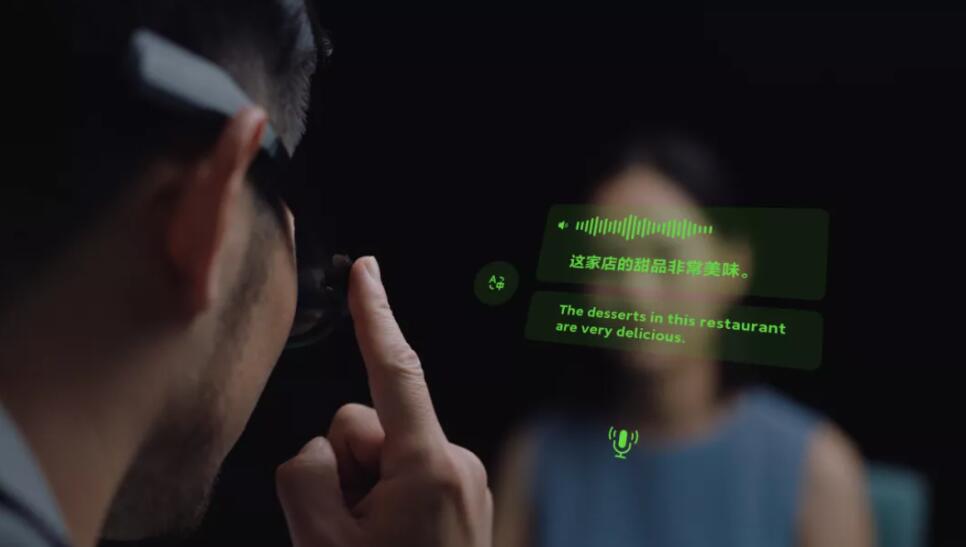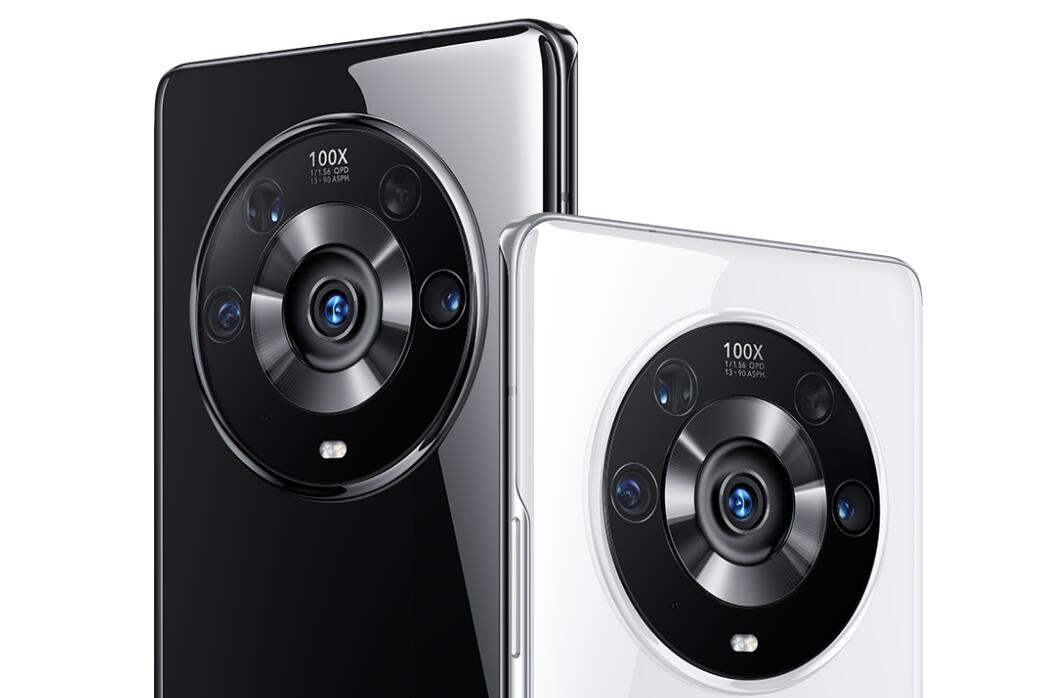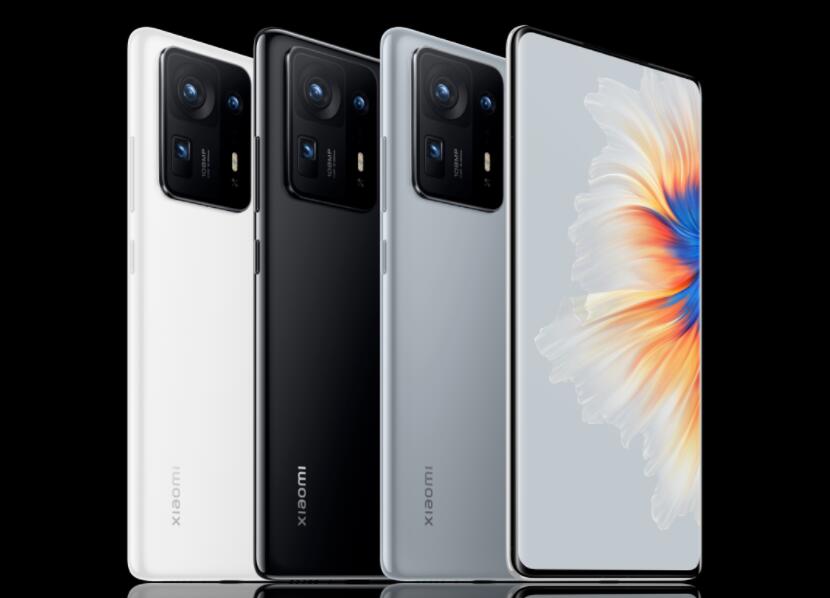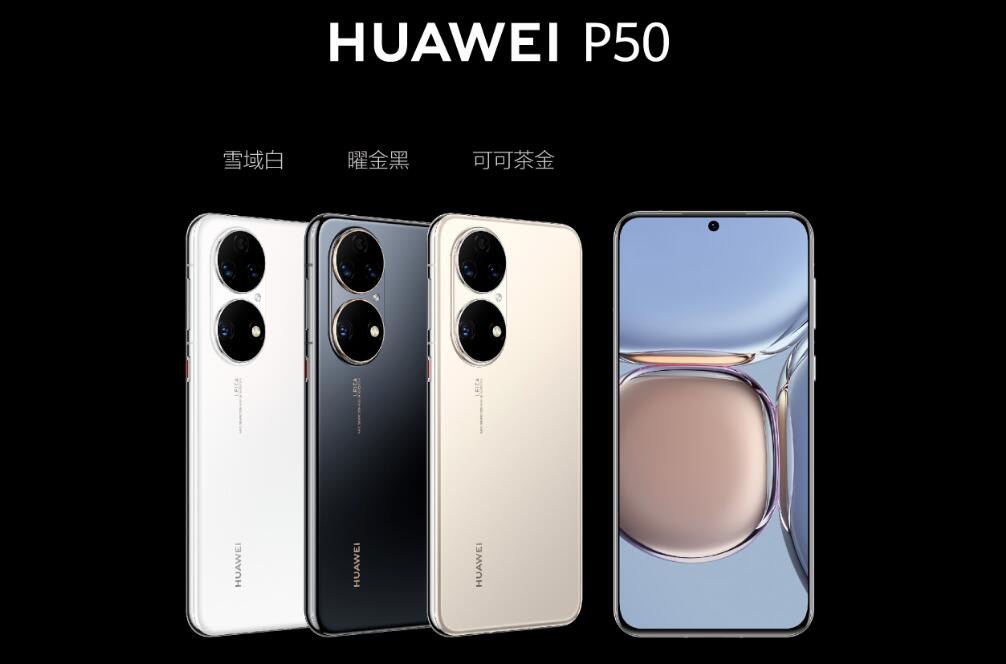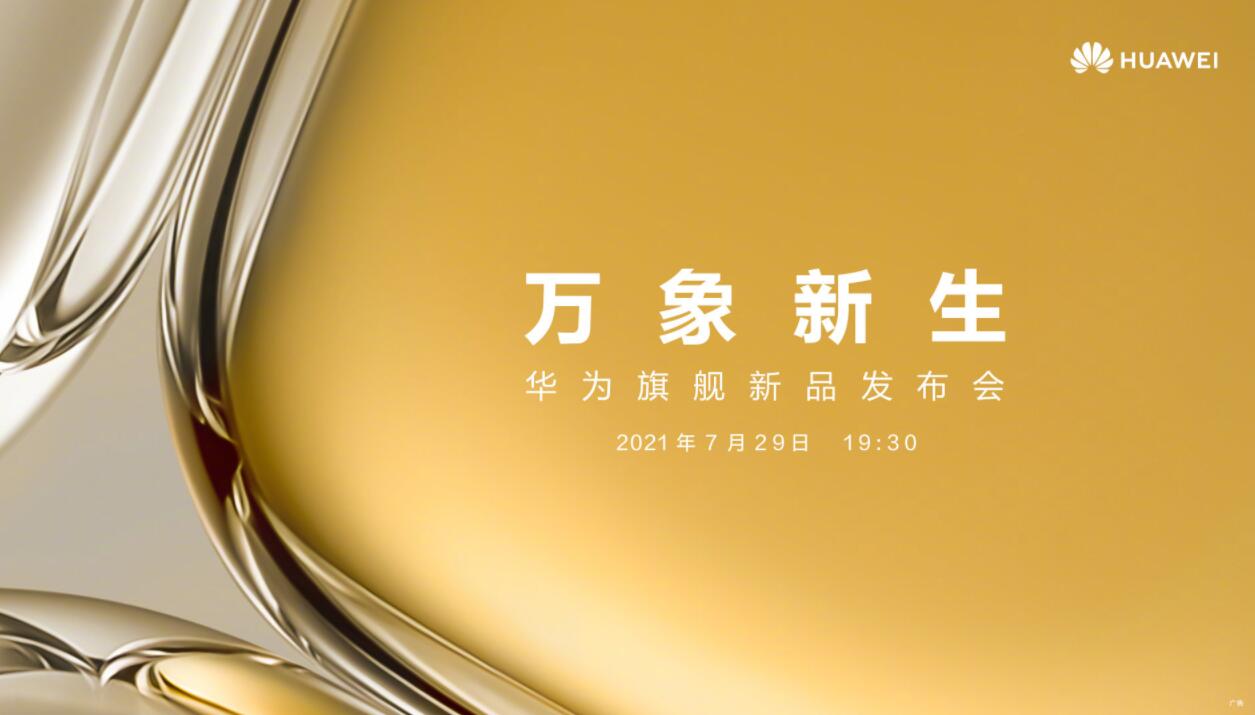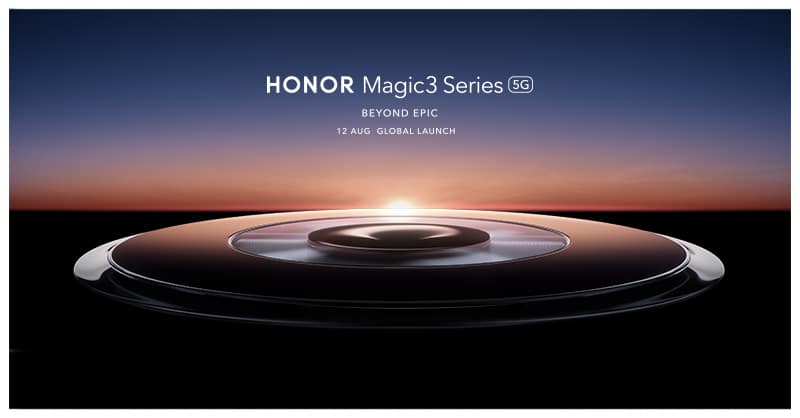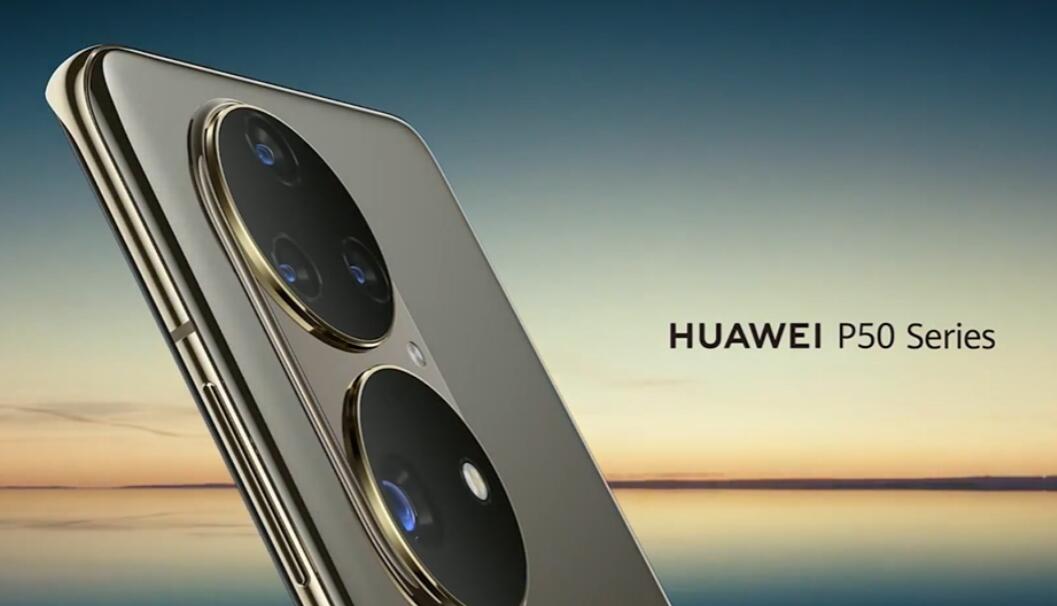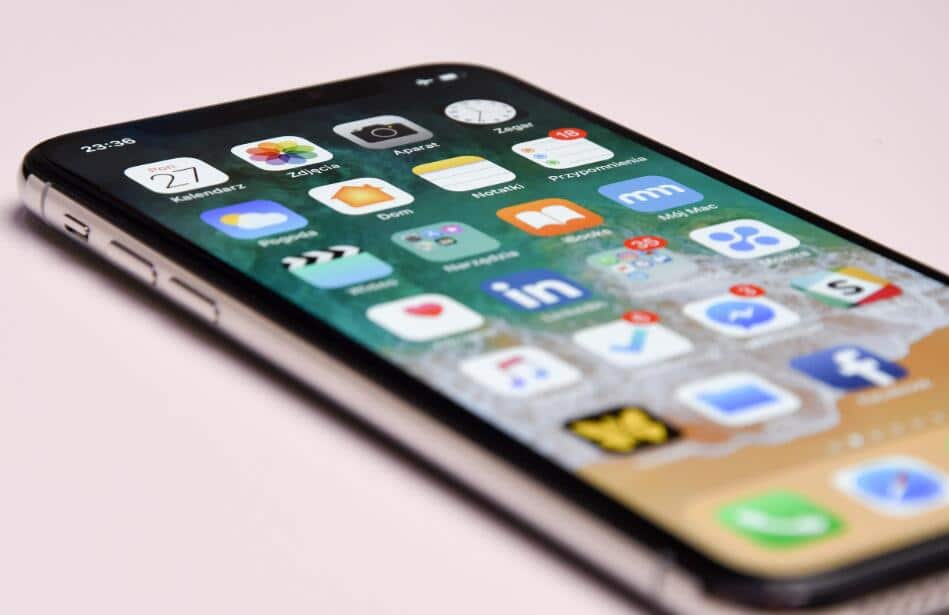
We use our phones every day and often hear tips and misconceptions about using them.
Some of this is true, while some of the "truths" that are so convincing are misconceptions.
Today, China Mobile summarizes the misconceptions in the daily use of mobile phones.
1、Is it more power efficient to turn off Bluetooth?
No, today's mobile devices are commonly equipped with Bluetooth 5.0 or 5.1 and use little to no power for a day.
2、Is it easy to go bad when using the flashlight?
No, mobile phone flash material is mainly used in low-power LED light, which has energy-saving and low power consumption, and has a higher service life.
3、Does the HOME key on the phone break?
Most phones use the new tactile pressure-sensing buttons, which can simulate the feedback of the real physical Home button through the vibration motor, and are not easy to break.
4、Power saving APP really saves power?
Not necessarily, the power saving software is mainly used to reduce the frequency of the mobile phone processor, turn off the network, reduce the screen brightness, automatically switch WiFi, force off some running background processes, etc.
For power-saving software, when there is enough power, it will activate its own background frequently and call the program task repeatedly, which does not necessarily save power, but rather increases the burden of the phone, causing more power consumption.
5. Do I have to install antivirus software on my phone?
Most of the Android phones come with software such as mobile phone butler, which has the function of detecting viruses and is equivalent to installing antivirus software.
6、Will the phone be damaged if you keep plugging in the charger?
No, if you use the original charging device, the charger IC circuit will automatically cut off the power after a full charge.
Now mobile phones are equipped with lithium batteries also have a double protection. Even when plugged in for a long time, the power management chip will prevent the phenomenon of overcharging, and the battery protection plate can also prevent overcharging.


